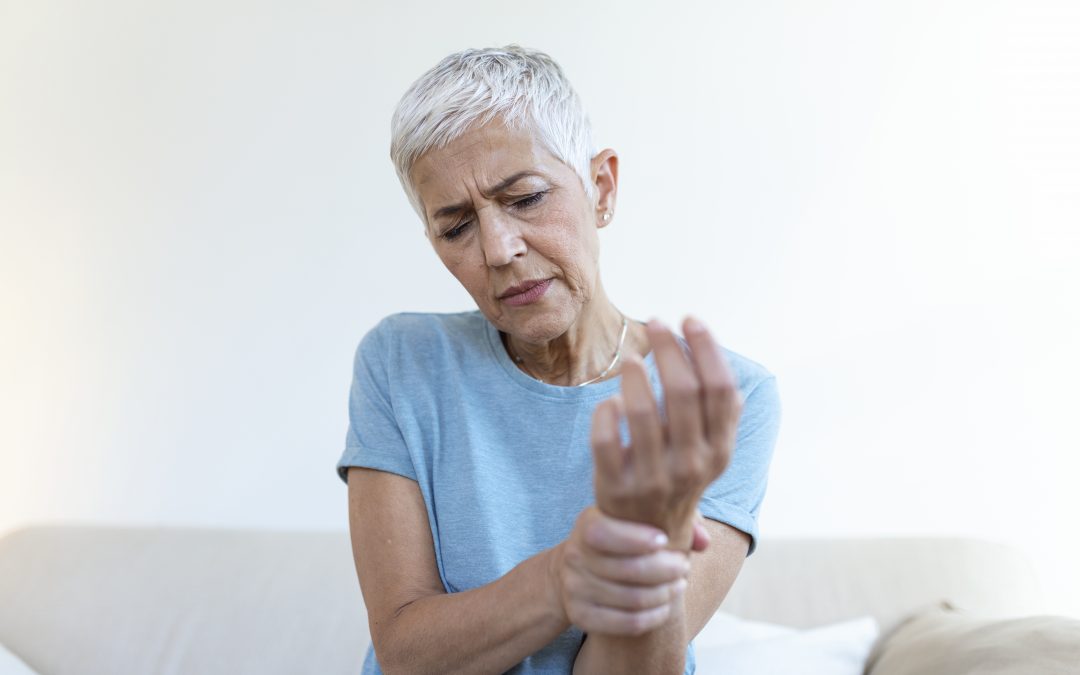People often come to see physical therapists saying that a doctor has told them that they have ‘Wear and tear’, but they don’t understand what that means or how to help themselves. They feel like they’ve been left to their own devices after being told, that its normal to get ‘arthritis’, and then they’re sent on their merry way!
This is probably disheartening for those of you who have joint pain, stiffness and swelling that affect your daily activities. You’re not alone. Arthritis affects millions of people worldwide, and there isn’t just one type of arthritis; there are over a hundred! In this blog post, we’ll explore the basics of arthritis, how to recognize common types, and some tips on prevention.
Understanding Arthritis
Arthritis is an umbrella term for various conditions that cause inflammation and pain in the joints. It can affect people of all ages, but it’s more common among older adults. The most common types of arthritis include osteoarthritis and rheumatoid arthritis. Let’s delve into how to recognize them and some tips on prevention.
Osteoarthritis (OA)
Recognising OA
Gradual Joint Pain:
OA often starts with mild joint pain that worsens over time.
Morning Stiffness:
Stiffness in the affected joints, especially in the morning, is a common sign.
Reduced Range of Motion:
You might notice decreased flexibility and difficulty moving the joint.
Crepitus:
A grating or cracking sensation when the joint moves.
Preventing OA
Maintain a Healthy Weight:
Excess weight puts extra stress on weight-bearing joints like the knees and hips.
Stay Active:
Regular exercise can help keep joints flexible and strengthen the muscles around them.
Protect Your Joints:
Be mindful of activities that may strain your joints, and use assistive devices if needed.
Eat a Balanced Diet:
Nutrient-rich foods can support joint health.
Rheumatoid Arthritis (RA)
Recognising RA
Symmetrical Joint Pain:
RA often affects joints on both sides of the body simultaneously.
Swelling and Redness:
Inflamed joints may appear swollen, warm, and red.
Fatigue:
RA can lead to general tiredness and low energy levels.
Morning Stiffness:
Stiffness in the morning that lasts for hours.
Preventing RA
While the exact cause of RA is unknown and prevention may not be possible, early diagnosis and treatment can help manage the condition effectively.
If you’re concerned about your joint health and want to know more about prevention, give us a call and have a chat with our experts.
Or, check HERE to see if we have an Open Day coming up, so you can drop by and have a chat in person?

